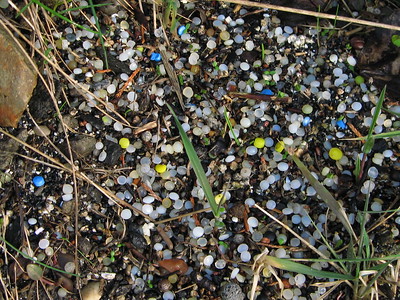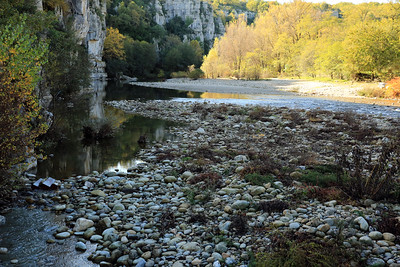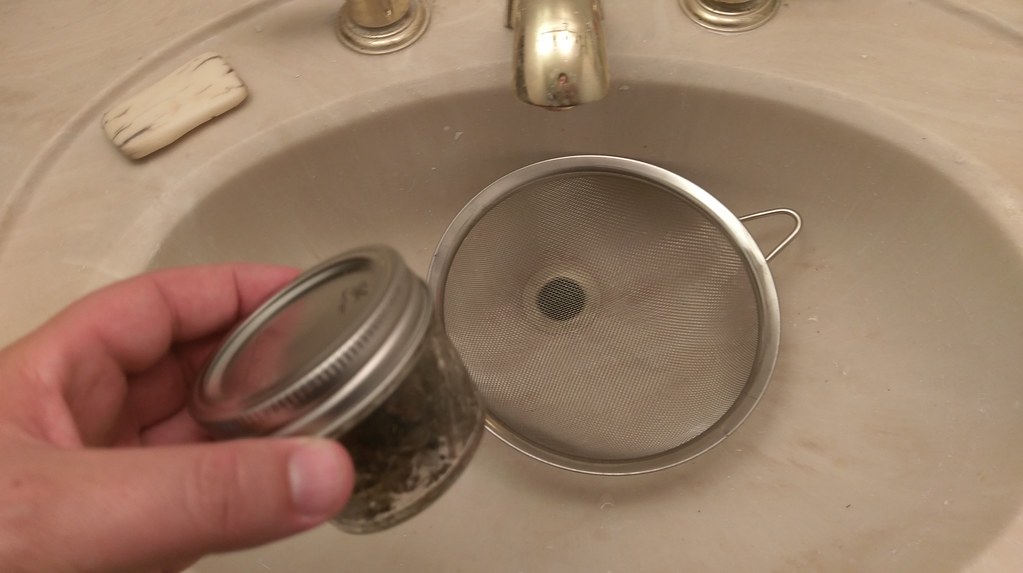Timed nurdle survey
- Nurdle Patrol in the US Gulf Coast has a 10-minute survey outlined in this post.
- Great Nurdle Hunt in the UK has a variable-time survey outlined on their website, plus tips, suggested equipment, an ID sheet, and data collection form.
- Easy to do, needs minimal and inexpensive materials.
- Data produced: nurdle counts over a period of time at a particular location; photos.
Image: hockadilly, CC BY SA
Larger microplastics sampling on a riverbank
- The Plastic Pirates campaign in the EU outlines a method in their project booklet (pg. 26) for sampling microplastics larger than 1 mm from sandy riverbanks.
- Great for young people aged 10-16 years! The Plastic Pirates website has support materials and guides for teachers and youth, and instructions on how to build a sampling sieve.
- Data produced: larger microplastic pieces per square meter.
Beach transect surveys
- ‘Universal protocol’ for sampling microplastics density on a sandy beach, outlined by @maxliboiron of CLEAR.
- Protocols and data collection sheets for collecting all marine debris (not just microplastics) from shorelines, developed by the US NOAA Marine Debris Program.
- More involved survey protocols with specific materials needed because you’re measuring out and sampling a particular area. Accumulation studies and standing-stock studies are standardized to enable comparison between different sites and regions.
- Data produced: accumulations studies give debris density over time; standing-stock studies give debris density; photos.
Image: NOAA, public domain
Cleaning up a nurdle spill
A post from @eustatic that outlines different ways to clean up nurdles: Sweep and Pan vs Scoop and Sift: Methods for Nurdle Retrieval. Some of these methods and tools could probably be incorporated into other survey methods described above.
Image: @eustatic, CC BY SA








